Consider the four field patterns shown. Assuming there are no charge in the regions shown, which of the patterns represent a possible electrostatic field?
A
a
B
b
C
c
D
d
Video Solution
Text Solution
The correct Answer is:B
B.Pattern (a) can be eliminated because filed lines cannot simultaneously orignate from and converge at a single point (c) can be eliminated because there are so charges in the region, and so there are no sources of field lines. (d) can be eliminated because electrostatic field lines do not close on themselves.
|
Updated on:21/07/2023
Topper's Solved these Questions
Similar Questions
Knowledge Check
- Question 1 - Select One
Which of the following curves shown below cannot possibly represent electrostatic field lines?
A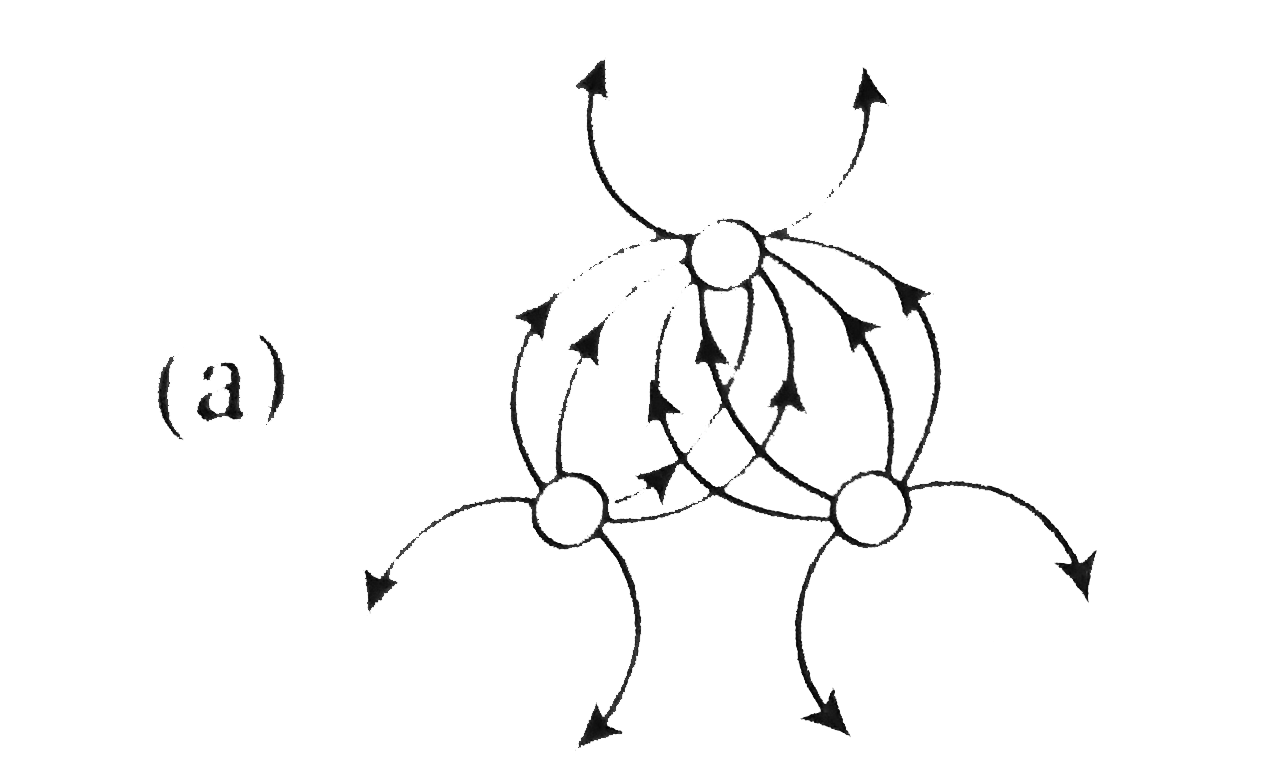 B
B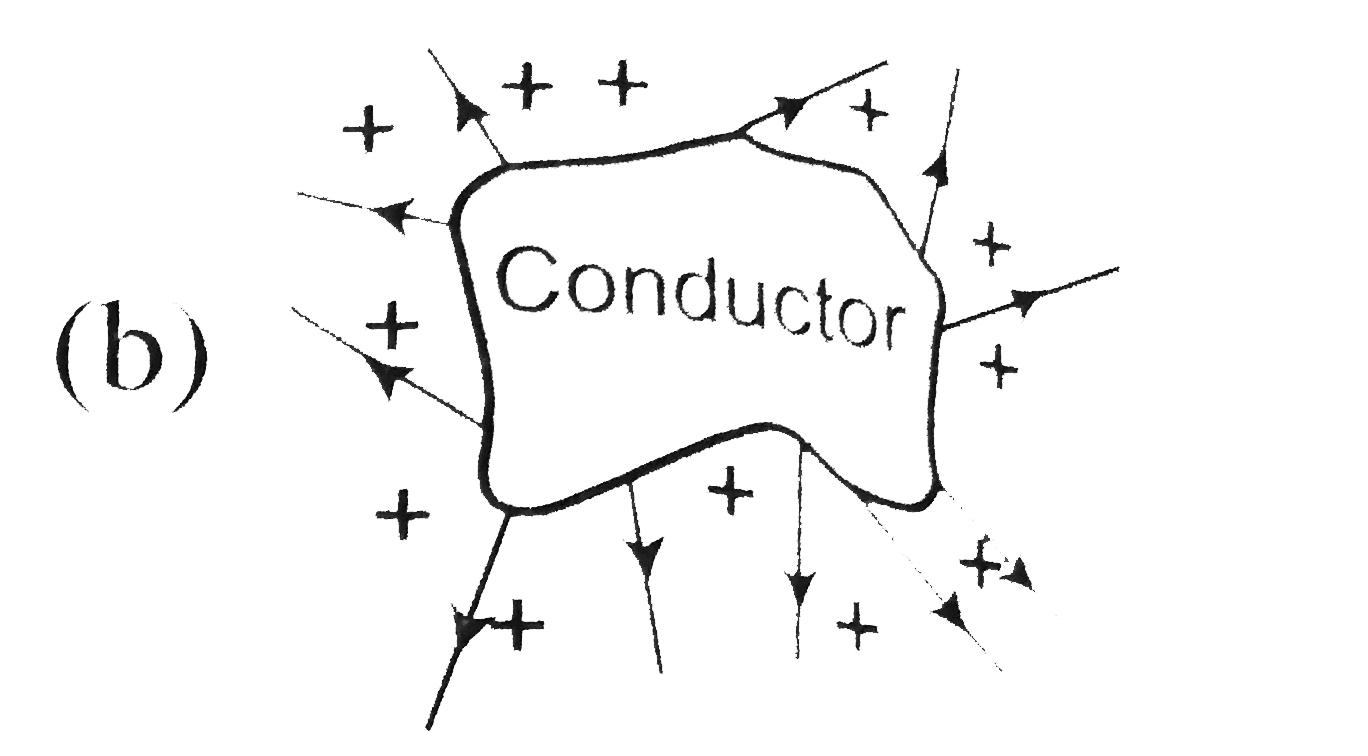 C
C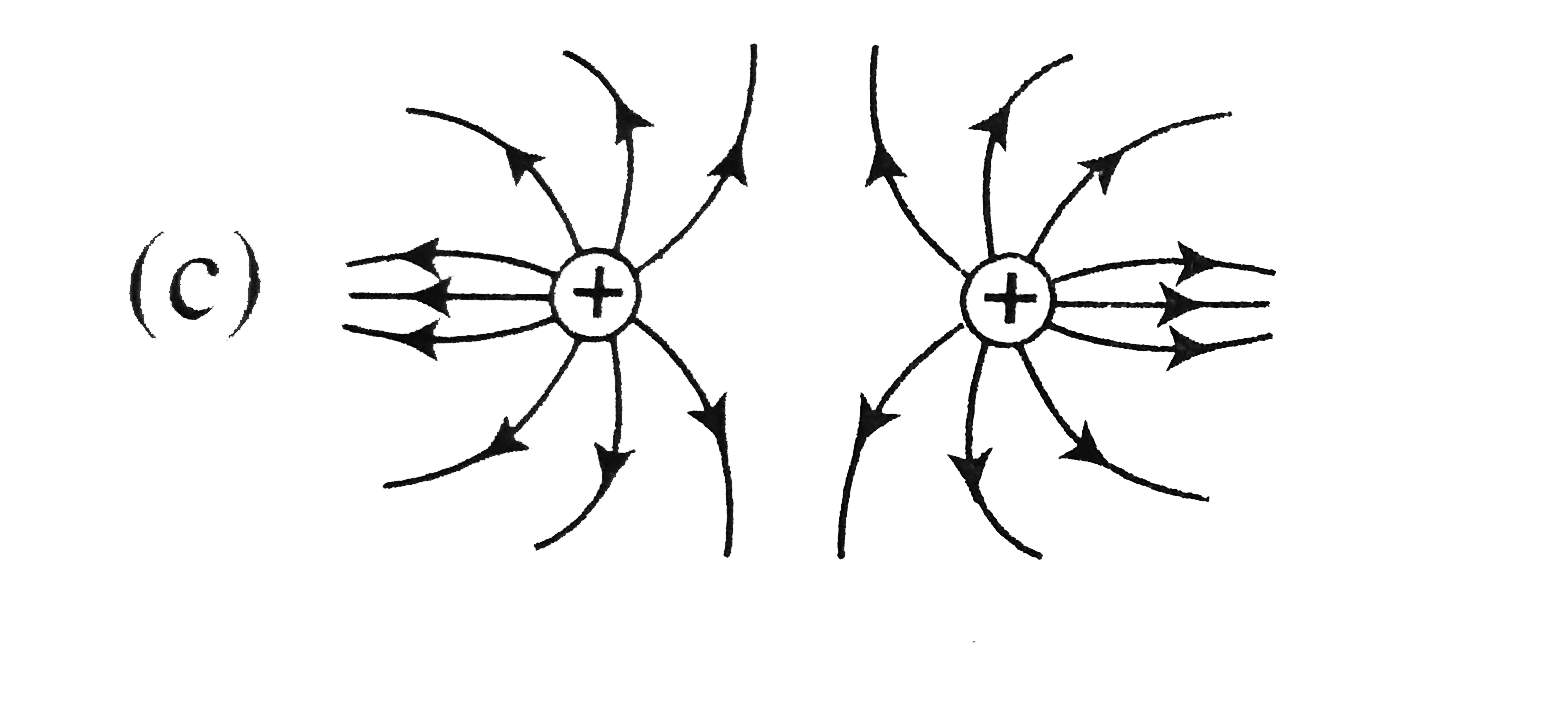 D
D
- Question 2 - Select One
Which of the following curves represent electrostatic field lines correctly?
A B
B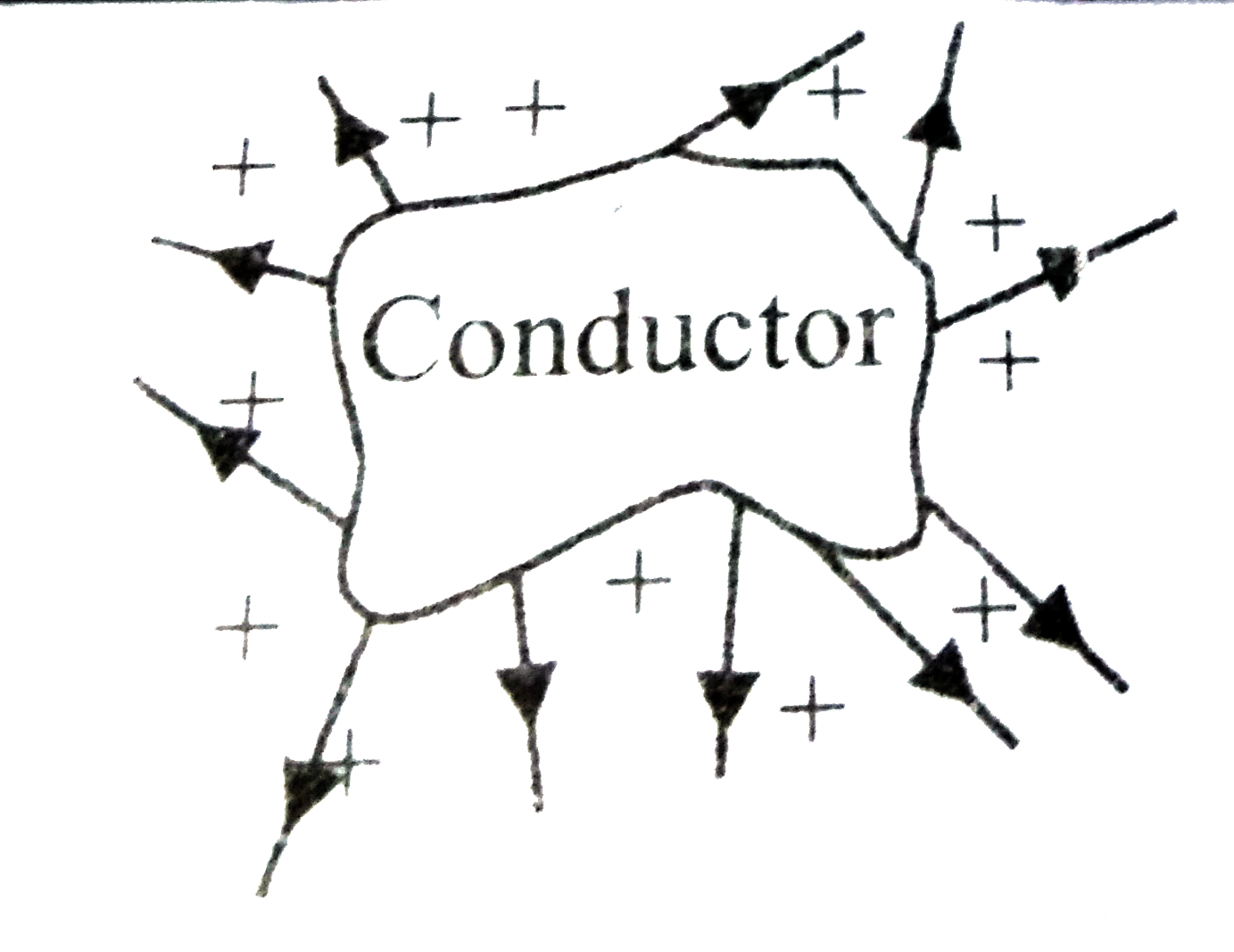 C
C D
D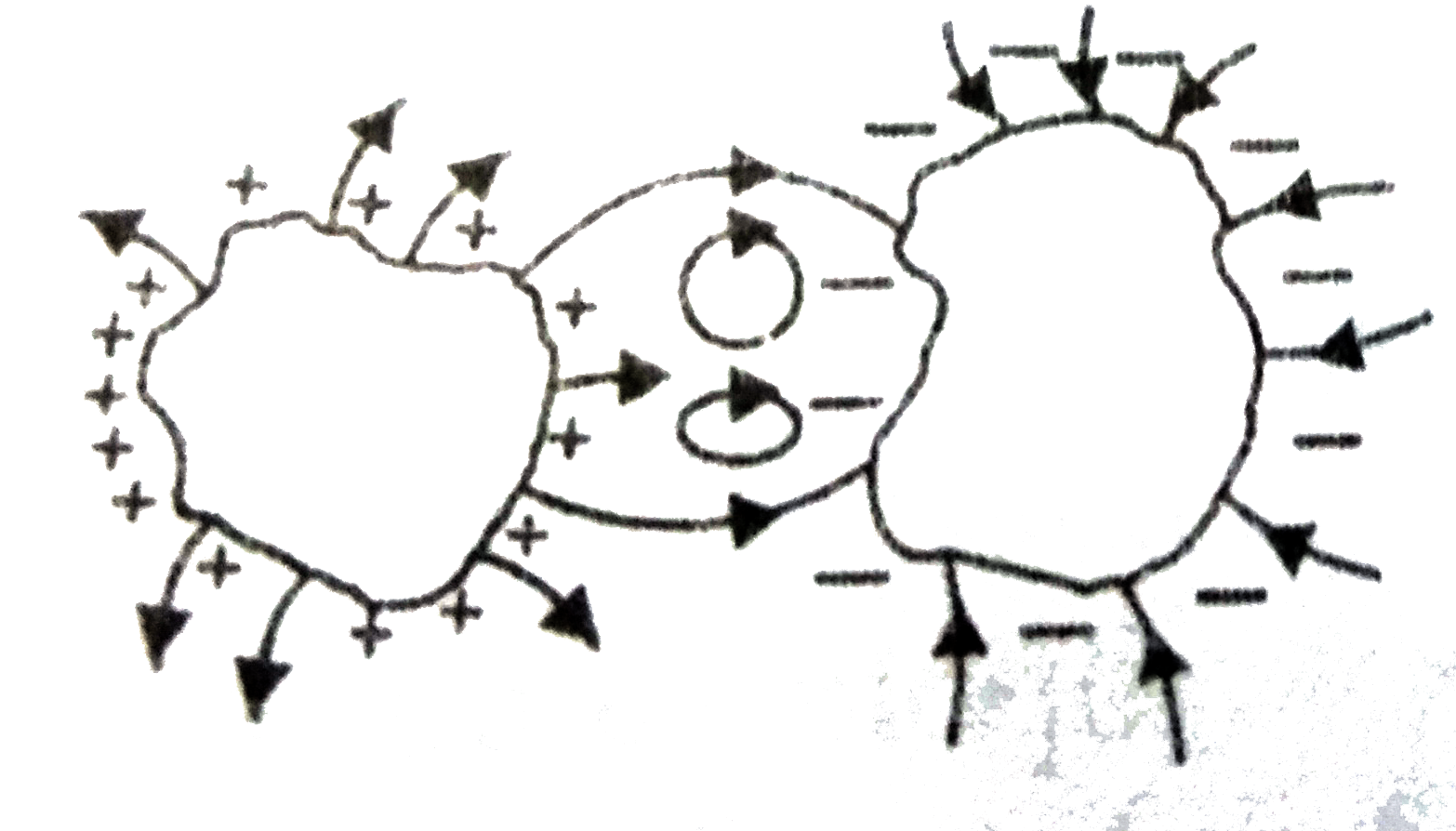
- Question 3 - Select One or More
Which of the following field line patterns could represent a magnetic field?
A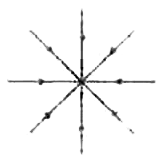 B
B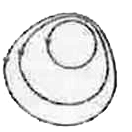 C
C D
D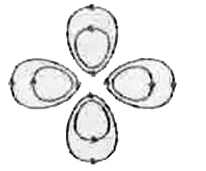
Is the electrostatic field pattern shown in the figure possible? (Hint: Assume a rectangular loop in the field and find the work done by the electric field on a test charge in moving along that loop. Did you arrive at a contradiction?)
View SolutionWhich of the following field lines pattern could represent a magnetic field?
View SolutionFind the electric field in region II as shown in figure.
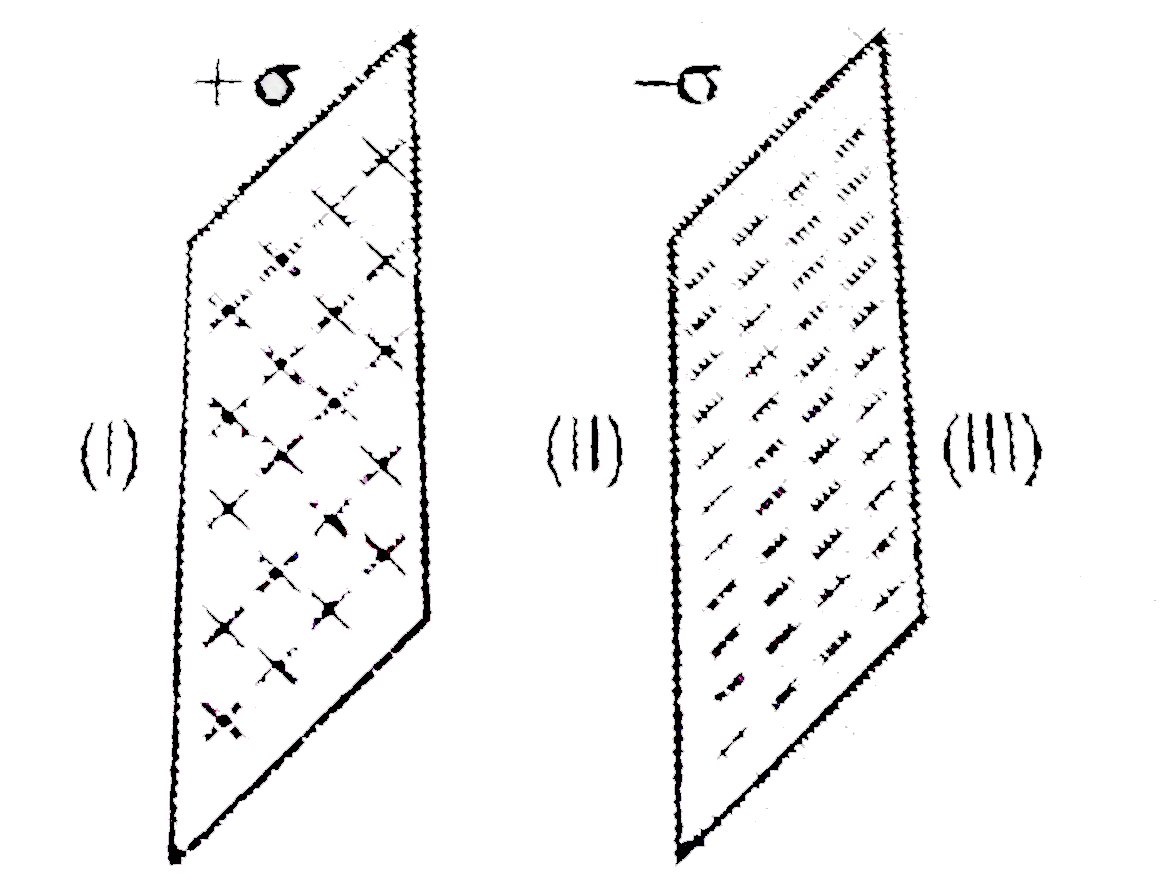 View Solution
View SolutionWhat is the example of inheritacne pattern shown
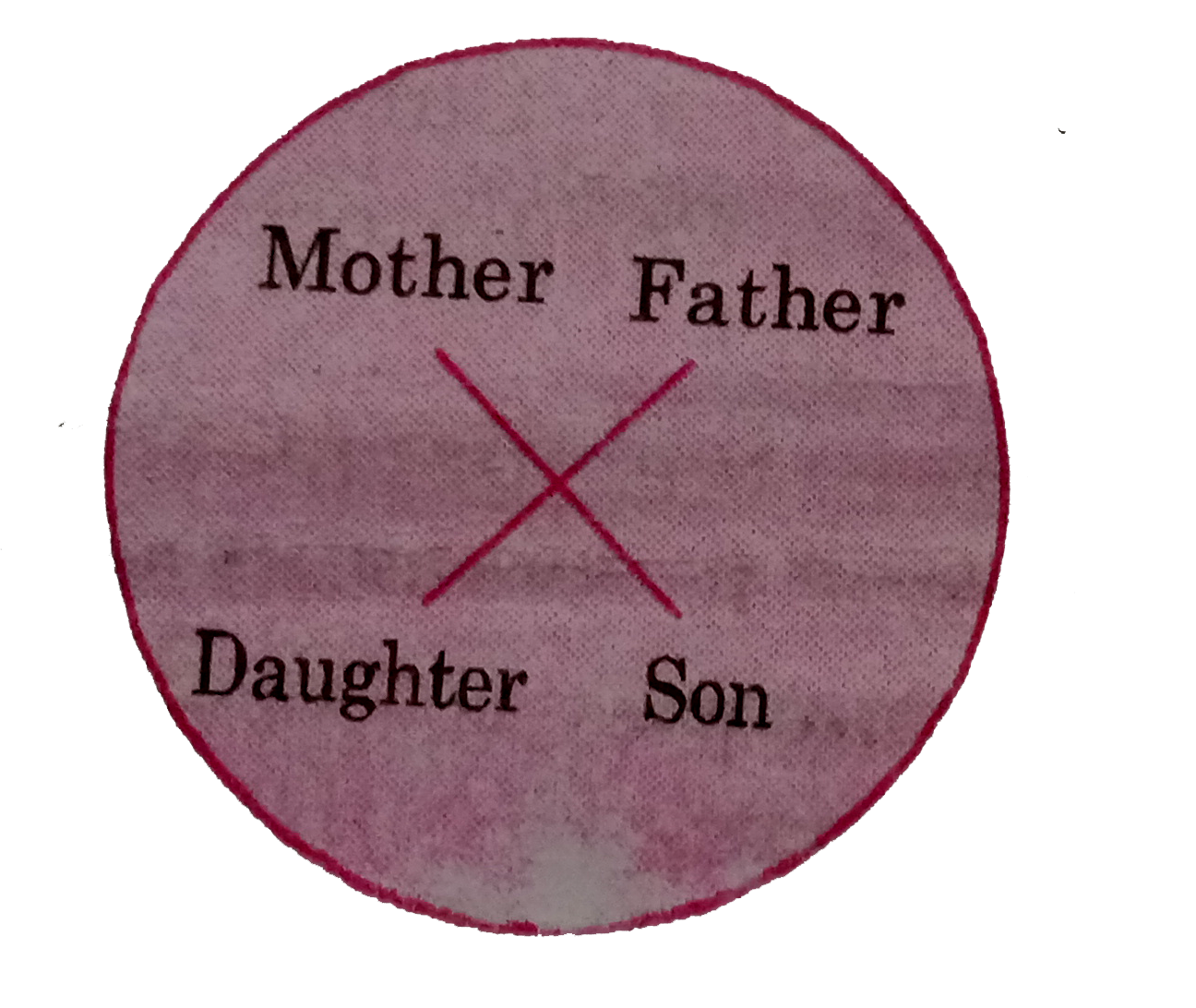 View Solution
View SolutionConsider the uniform magnetic field shown:
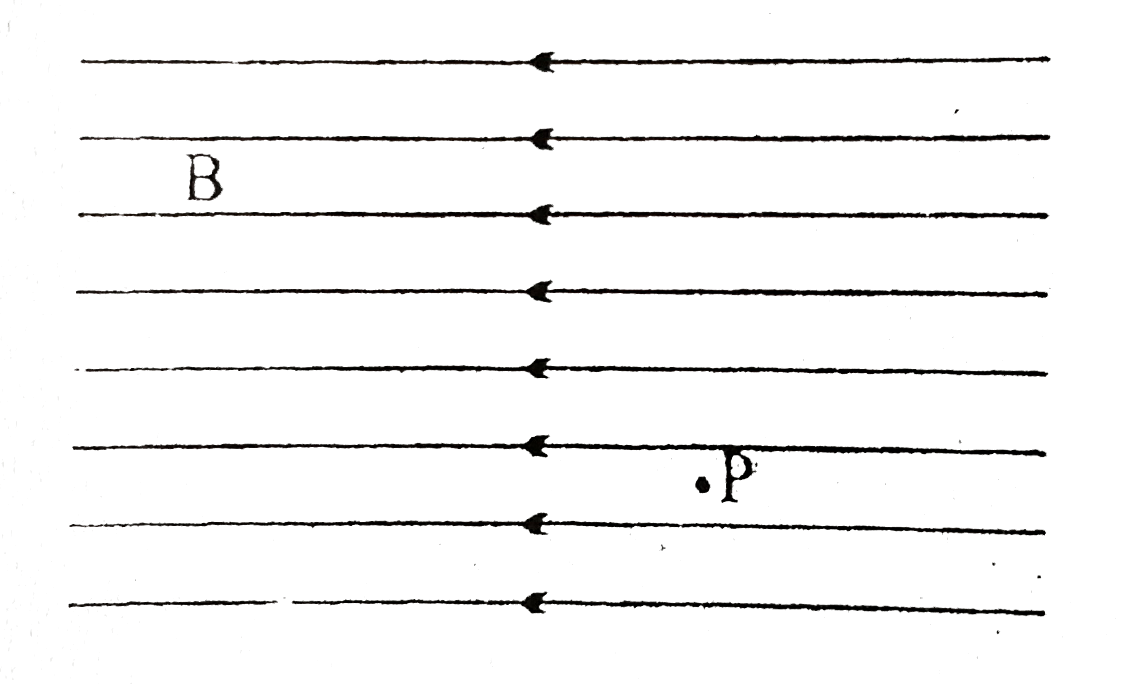
Starting from point P and without leaving the region of magnetic field, is it possible to choose a closed path (that is, a path that returns to P) for which the line integral of the magnetic field is nonzero?View Solution



